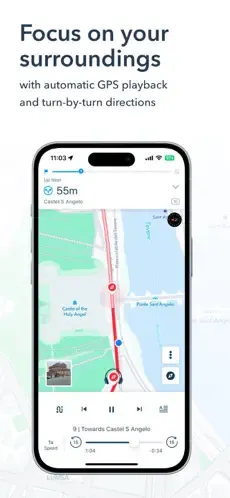Forgotten Stories from the Civil War: A Walking Tour of Mobile, Alabama
Mobile prompted the end of the Civil War. The city finally fell to forty-five thousand Confederate soldiers and a fleet of warships in 1865, in the first of several federal victories that led to the re-election of Abraham Lincoln later that year. Join Paul Brueske, a local Civil War expert, and find out the quirky facts and hidden stories that most visitors miss on a walking tour through the city that can be considered a lynchpin in America’s unification. Starting outside the History Museum of Mobile, you’ll discover how this same historical building was the City Hall, the armory, and Mobile’s southern market during the war years. You’ll make your way to the Battle House Hotel, where I’ll introduce you to Madame Le Vert, who fell from social esteem to notoriety for entertaining Union officers in her home. You’ll learn about the nearby explosion at Marshall Warehouse that killed about 300 hundred people just a month after the war ended, making it the period’s most fatal event. I’ll then tell you the tale of a “few drunk and mounted men” from Captain Frank Moore’s Scouts who made one of the war’s last Confederate raids along Jackson Street. Our walk ends in front of the iconic statue of Joe Cain who played a pivotal role in reviving Mardi Gras in Mobile. Along the way, you’ll also hear about: • Comedian Larry David’s Civil War connection with Mobile • The Portier Home in Mobile, where Father Abram Joseph Ryan (also known as the Poet Priest of the Confederacy) spent seven years • Wallace Turnage, whose escape from slavery to enlistment with the Yankees was documented and published as a book • Admiral Raphael Semmes, Mobile’s most famous Civil War figure, and the covert removal of his statue by the city’s mayor in 2020 Whether it’s your first time in Mobile or you’re a local who’s curious about the city’s alternative tales, this tour is a valuable introduction to its Civil War-era history. Allow yourself an hour and a half to hear the stories that aren’t taught in school and go at your own pace as there are plenty of cafes, restaurants, and bars along the route where you can take a break. Cover image artwork by Julian O. Davidson - This image is available from the United States Library of Congress’s Prints and Photographs division under the digital ID pga.04035.

